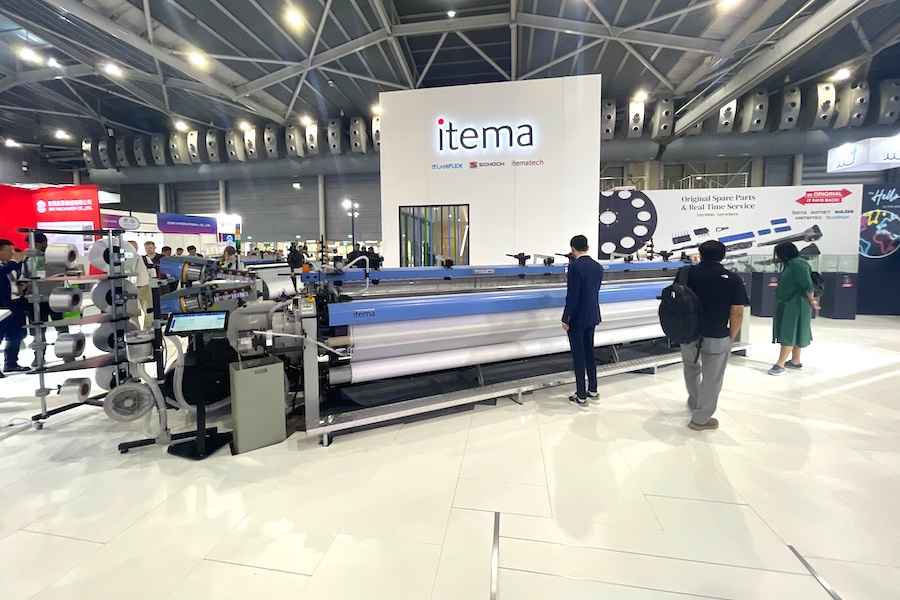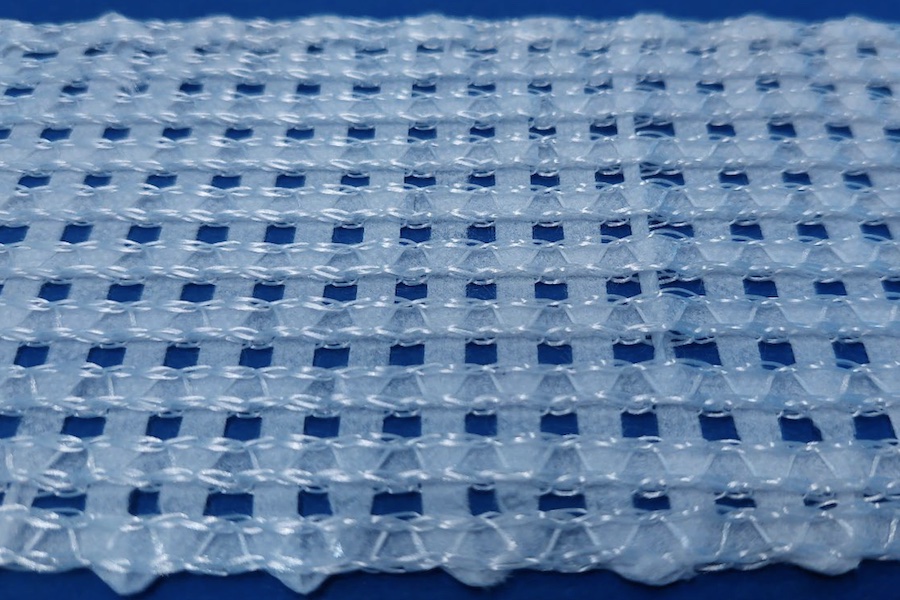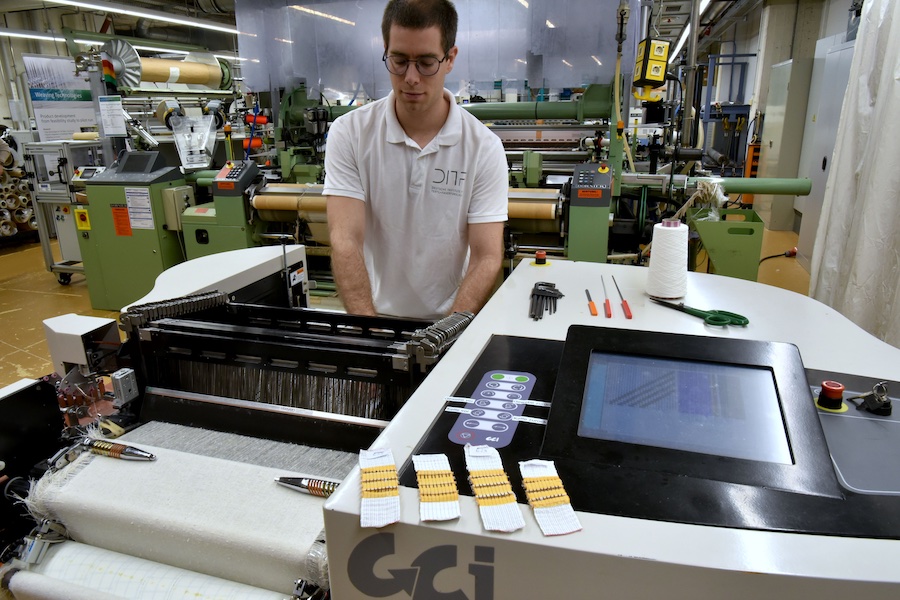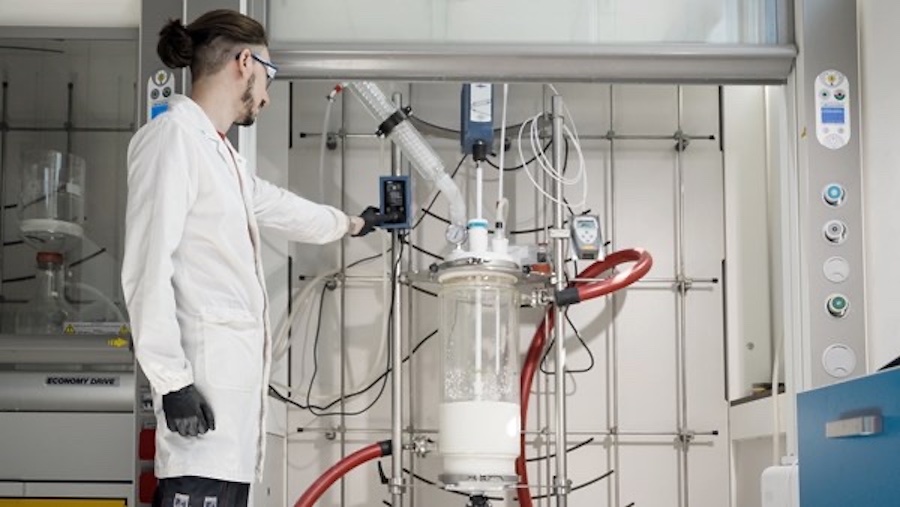#Sustainability
Textile Exchange unveils five-year strategy to 2030, doubling down on systems change
The organization has grown significantly—more than 90,000 sites have been certified to its standards globally, over 1,800 key industry stakeholders joined its annual conference last year, and its global team grew to 138. But despite augmenting engagement across the sector, the industry remains off track to meet the 45% reduction in greenhouse gas emissions from fiber and raw material production required by 2030 to stay in line with the Paris Agreement.
In response, Textile Exchange is sharpening its focus on connecting brands and retailers with producers on the ground. This next phase of our strategy streamlines our operations, concentrates efforts on priority raw materials to scale preferred production systems, and addresses the economic barriers faced by Tier 4 producers — anchored in three core pillars of impact
Engagement and Partnership
Building on the strength and diversity of its community, the organization will deepen industry engagement through a more focused, action-oriented approach centered on fostering commitment, alignment, investment, and impactful collective action.
Climate and Nature Impact
Stronger tools, impact data, measurement and reporting systems, target setting, and guidance for preferred production systems will help accelerate positive outcomes for climate and nature.
Standards System
The transition to the Materials Matter framework—a next-generation certification and assurance system—will build on decades of standards work. Designed to reflect the complexity, and nuance of real-world production systems, the new system incorporates outcomes for climate and nature and connects brands, retailers, and producers through verified best practices at the raw material level.
“Now is the time for clarity and focus. We have what we need to double down, align our efforts, and deliver. We are strengthening the connection between both ends of the supply system and are committed to ensuring material producers have a stronger voice in shaping this next chapter. This work builds on the foundation laid through years of community building and collaboration. The next five years must be a time of accelerated, collective effort – rooted in partnership, shared responsibility, and a deep commitment to transformation at scale. We know this work is complex and will take all of us, working with clarity and purpose, to make meaningful progress.” Claire Bergkamp, CEO, Textile Exchange
As part of this evolution, Textile Exchange has launched an updated mission and vision to support its sharpened strategy:
+ Mission: Transform how we produce, choose, and reuse materials to benefit the people and places at the source.
+ Vision: A world where materials have lasting value, leading to thriving communities and flourishing landscapes.
The organization’s renewed direction is grounded in elevating efforts to overcome structural and economic barriers. Change isn’t viable without the right financial mechanisms in place to enable it, and over the next five years, Textile Exchange is deepening its commitment to addressing these barriers. It will roll out a new model of engagement to reflect these priorities, supporting both wider community engagement and deeper alignment and partnerships with those leading systems transformation.
In a time of intersecting global crises, from climate breakdown and biodiversity loss to economic uncertainty and geopolitical instability, the need for decisive, coordinated action has never been more urgent. Fashion’s impact on nature and climate remains profound, and the window to transform our systems is narrowing.
“We’re focused on maximizing the impact of our role in driving systems change. This matters because the transformation we want to see – towards?climate resilience, thriving?biodiversity, and a less extractive approach to producing and sourcing materials – depends on recognizing how much these issues?are?interconnected.?None can be addressed in isolation. We have a responsibility to steer both our efforts and?those of the industry?towards what we know will make a difference: transforming the way we produce and use materials and creating the enabling conditions that make that transformation possible.”? Ashley Gill, Chief Strategy Officer, Textile Exchange.
Speeding up critical progress is vital, and this next chapter marks a move from intention to implementation, from individual action to shared responsibility and collective transformation. This evolution is designed not only to meet the 2030 moment, but to lead long-term change across the industry and beyond.
For more on Textile Exchange’s updated strategy and how to get involved, visit
http://www.textileexchange.org











